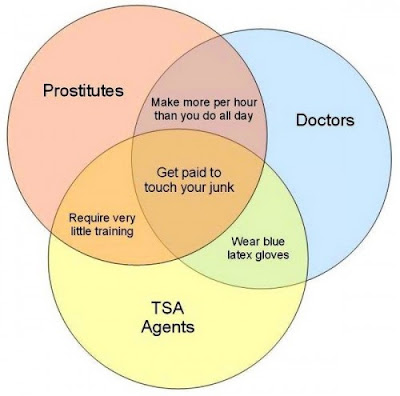Math formula that when graphed, produces an image of the formula itself
Tupper's self-referential formula is a self-referential formula defined by Jeff Tupper that, when graphed in two dimensions, can visually reproduce the formula itself. It is used in various math and computer science courses as an exercise in graphing formulae.
The formula was first published in his 2001 SIGGRAPH paper that discusses methods related to the GrafEq formula-graphing program he developed.
The formula is an inequality defined by:
 and
and  such that they satisfy the inequality given above, the resulting graph looks like this:
such that they satisfy the inequality given above, the resulting graph looks like this:

This formula itself is a general purpose method of decoding a bitmap stored in the constant k, so it could actually be used to draw any other image. When applied to the unbounded positive range , the formula tiles a vertical swath of the plane with a pattern that contains all possible 17 pixel tall bitmaps. (from: wikipedia)
, the formula tiles a vertical swath of the plane with a pattern that contains all possible 17 pixel tall bitmaps. (from: wikipedia)
The formula was first published in his 2001 SIGGRAPH paper that discusses methods related to the GrafEq formula-graphing program he developed.
The formula is an inequality defined by:
 and
and  such that they satisfy the inequality given above, the resulting graph looks like this:
such that they satisfy the inequality given above, the resulting graph looks like this:
This formula itself is a general purpose method of decoding a bitmap stored in the constant k, so it could actually be used to draw any other image. When applied to the unbounded positive range
 , the formula tiles a vertical swath of the plane with a pattern that contains all possible 17 pixel tall bitmaps. (from: wikipedia)
, the formula tiles a vertical swath of the plane with a pattern that contains all possible 17 pixel tall bitmaps. (from: wikipedia)









